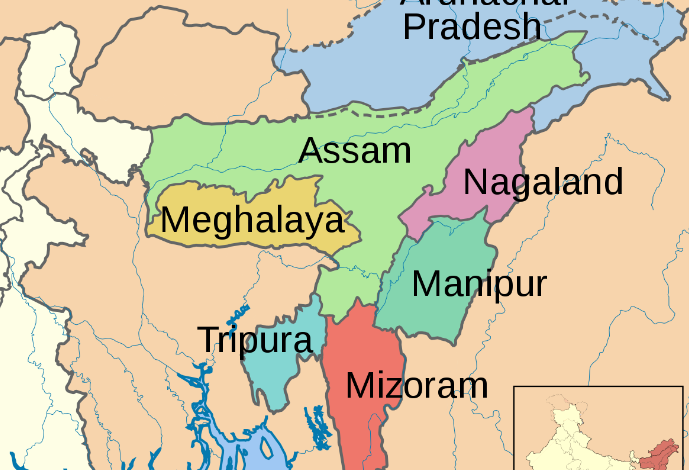India
Here Is The Origin Of The Names Of The States In Northeast India

Do you ever wonder where the names of the Northeastern states came from? Each state, including Assam, Sikkim, and others, has a fascinating, and even divisive, story to tell about how its name came to be.
In the following article, we analyzed each name of the Seven Sisters (and their brother Sikkim):
- Arunachal Pradesh: Arunachal is a Sanskrit name that translates to “Sun rising land” (Aruna + Chala). Few people, nonetheless, translate it as “Dawn lighted mountains.”
- Assam: The word Assam is derived from AHOMS, the Assami king.
- Manipur: Manipur’s Sanskrit name translates to “Jewel city.” Kangleipak was the state’s original name, and Kangla served as its capital. Kangleicha is a term for Kangleipak residents.
- Meghalaya: Megha (rain clouds) and Alya (abode) are the Sanskrit translations of Meghalaya. Meghalaya means “abode of clouds” as a result.
- Mizoram: Since MI stands for “people,” ZO for “hill,” and RAM for “land,” Mizoram literally translates to “land of the hill people.”
- Nagaland: The Burmese word NAKA, which means “those with earrings or pierced noses,” is where the name Nagaland originates. However, only a small number of people think that the NAGA tribe, which historically controlled the area, is where the word NAGA came from.
- Sikkim: According to some historians, the word Sikkim derives from the Limbu language, where “SU” stands for “New” and “KHYIM” for “Place,” making it a “New place or land.”
- Tripura: This name is a combination of the Kokborok terms TUI, which means near, and PRA, which means water.
News Mania Desk






